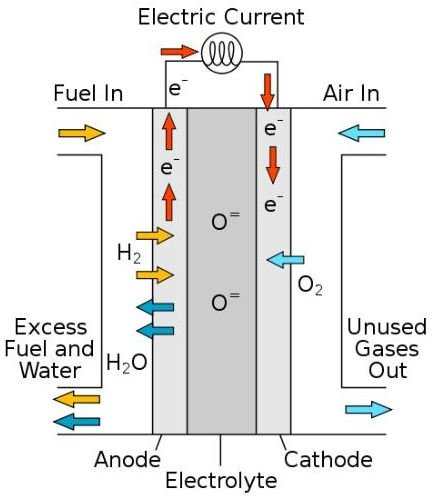

This current is the same amount that flows to the LED but the voltage across the resistor is different because the LED has a turn on voltage which you subtract from the supply voltage: The way to decide how much resistance you need, you need to use Ohm’s law for the current through the resistor.


A red LED uses the least amount of voltage to turn on, about 1.8 v while some blue LEDs need more than 3.0 v. To choose the right amount of resistance for the LED, you also need to know what its turn on voltage (Vf) is. This is usually about 20 milliamps for most single color LEDs. The amount of resistance needed depends on how much current the LED will use to be bright enough to see but not so much that it burns itself out. To make sure that the LED isn’t damaged by too much current, the connection between it and the voltage supply needs a resistor. If the supply voltage you’re using is more than then turn on voltage, you need a resistor between one of the LED leads and the connection to either GND or the supply voltage. The negative side is called the cathode.īecause diodes are made of semiconductor material, they have a very specific voltage where they will turn on. The voltage supply side of the diode is the positive (+) side, this is called the anode. For an LED to work it needs to be connected to a voltage source with the correct side. This means that LEDs (and other diodes) have positive (+) and negative (-) sides to them. LEDs are diodes which are elecronic devices that only allow current to go through them in one direction.


 0 kommentar(er)
0 kommentar(er)
